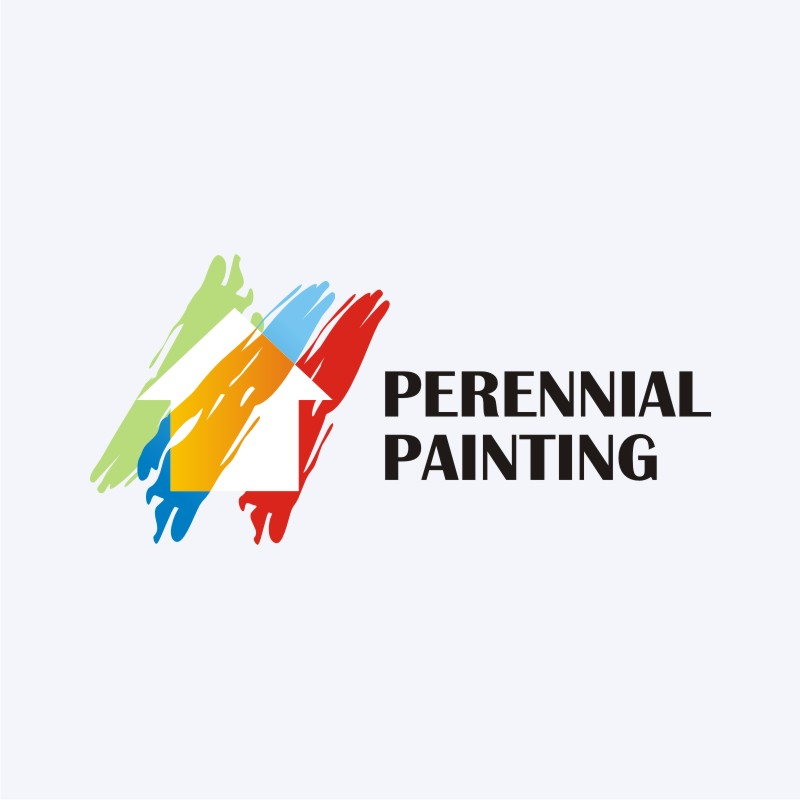In-Depth Process For Getting Your Wall Surfaces Ready For A Fresh Coat Of Paint
In-Depth Process For Getting Your Wall Surfaces Ready For A Fresh Coat Of Paint
Blog Article
Staff Author-Nance Kearns
When you're prepping your wall surfaces for painting, it's critical to follow a methodical procedure to make certain a flawless surface. Start by taking a look at the wall for any kind of damage; this step can make or damage your task. When you've determined any kind of issues, cleaning the surface effectively is important, as an unclean wall surface can influence paint attachment. After that, you'll require to spot any kind of flaws and use a guide. But there specify methods and pointers that can elevate your preparation game-- allow's check out those more to accomplish the best outcomes.
Assessing Wall Surface Condition
Prior to you order your paintbrush, take a moment to evaluate your wall surfaces' problem. Look for any type of visible damage like fractures, openings, or peeling paint. These flaws can influence just how the paint sticks and looks once it's completely dry. If you notice any type of significant damage, you'll require to focus on repair services before diving right into painting.
Look closely at the structure of your walls. Is painted garage , or is there structure that might require special consideration? Smooth wall surfaces normally require less prep, while distinctive surfaces may need even more time to repaint equally.
Additionally, take into consideration the previous paint job. If the old paint is shiny, it mightn't enable new paint to stick properly. You'll want to know if your walls have been painted with oil-based or water-based paint, as this can affect your option of primer or paint.
Ultimately, make school building painting of any wetness concerns. If you see indications of water damage or mold and mildew, address these troubles immediately to prevent further complications.
Cleaning the Surface area
When you've examined the problem of your walls, the following step is cleaning the surface. Begin by collecting your materials: a pail, cozy water, a light detergent, a sponge or towel, and a scrub brush for harder places.
Begin on top corner of the wall surface and work your method down. https://exterior-house-painters-n53208.answerblogs.com/33438138/enhancing-your-living-atmosphere-via-expert-painting-services-can-lead-to-a-remarkable-change-reveal-the-unforeseen-advantages-that-exist-ahead with warm water in your container, then dip the sponge or fabric into the solution. Wring it bent on avoid excessive wetness on the wall surfaces.
As you cleanse, pay very close attention to locations that could've collected dirt, grease, or fingerprints. For persistent spots, make use of the scrub brush delicately to stay clear of damaging the paint beneath. Wash your sponge or fabric often in clean water to stop spreading dust around.
After cleansing, it's essential to clean the walls with a damp towel to get rid of any kind of soap deposit. This step guarantees a smooth surface for the new paint to adhere to.
Permit the walls to dry entirely before going on to the following preparation steps. This complete cleansing process will help create a fresh canvas for your painting project, ensuring the most effective outcomes.
Patching and Priming
Patching and priming are important steps in preparing your wall surfaces for a fresh coat of paint. First, examine your wall surfaces for any type of openings, cracks, or blemishes. Make use of a high-quality spackling compound or patching paste to load these locations.
Use the substance with a putty blade, smoothing it out so it's flush with the bordering surface area. Enable it to dry completely, and then sand it gently till it's smooth and also.
As soon as you have actually covered every little thing, it's time to prime. Primer assists secure the patched areas, making certain the paint adheres correctly and offers a consistent finish. Pick a primer suitable for your wall type and the paint you'll be utilizing.
Apply the primer using a roller for larger locations and a brush for corners and edges. If your patched areas are dramatically large or porous, you could wish to use a 2nd coat of guide after the initial one dries.
After priming, let every little thing completely dry thoroughly before proceeding to painting. This prep work won't only enhance the look of your wall surfaces however also prolong the life of your paint work.
Take your time, and you'll be pleased with the results.
Conclusion
By following these basic steps, you can attain a smooth and specialist surface on your wall surfaces. Begin by examining their condition, after that clean and spot any type of flaws before applying guide. Bear in mind to enable sufficient drying time and guarantee everything is smooth prior to you study paint. With the right prep work, you'll establish the stage for an attractive change in your space. Currently, gather your materials, breathe in the fresh air, and prepare to repaint!
